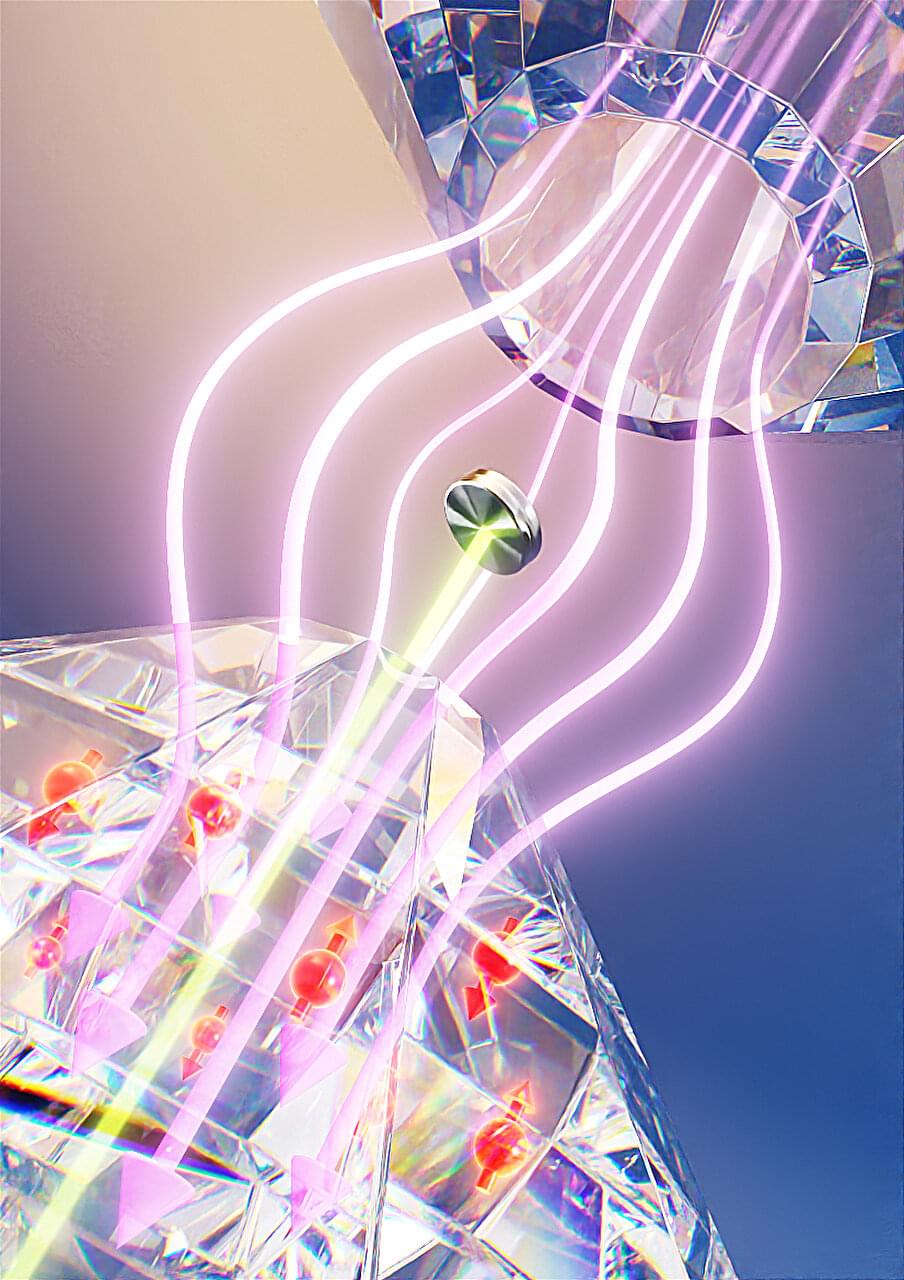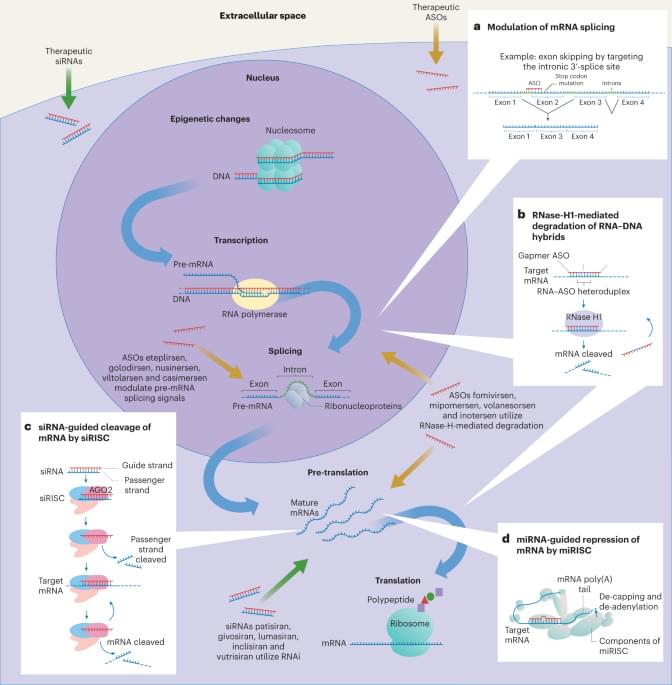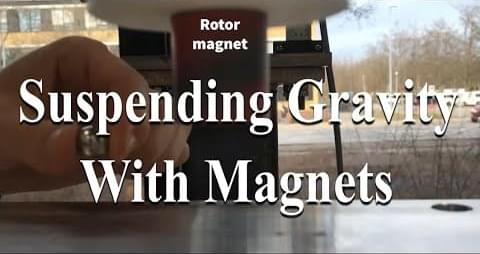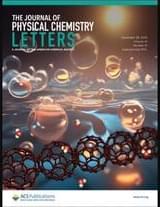Mar 2, 2024
Researchers develop ‘foundational tool’ for understanding behavior of hydride superconductors at high pressure
Posted by Dan Breeden in categories: particle physics, transportation
Hydrogen (like many of us) acts weird under pressure. Theory predicts that when crushed by the weight of more than a million times our atmosphere, this light, abundant, normally gaseous element first becomes a metal, and even more strangely, a superconductor—a material that conducts electricity with no resistance.
Scientists have been eager to understand and eventually harness superconducting hydrogen-rich compounds, called hydrides, for practical applications—from levitating trains to particle detectors. But studying the behavior of these and other materials under enormous, sustained pressures is anything but practical, and accurately measuring those behaviors ranges somewhere between a nightmare and impossible.
Like the calculator did for arithmetic, and ChatGPT has done for writing five-paragraph essays, Harvard researchers think they have a foundational tool for the thorny problem of how to measure and image the behavior of hydride superconductors at high pressure.

















